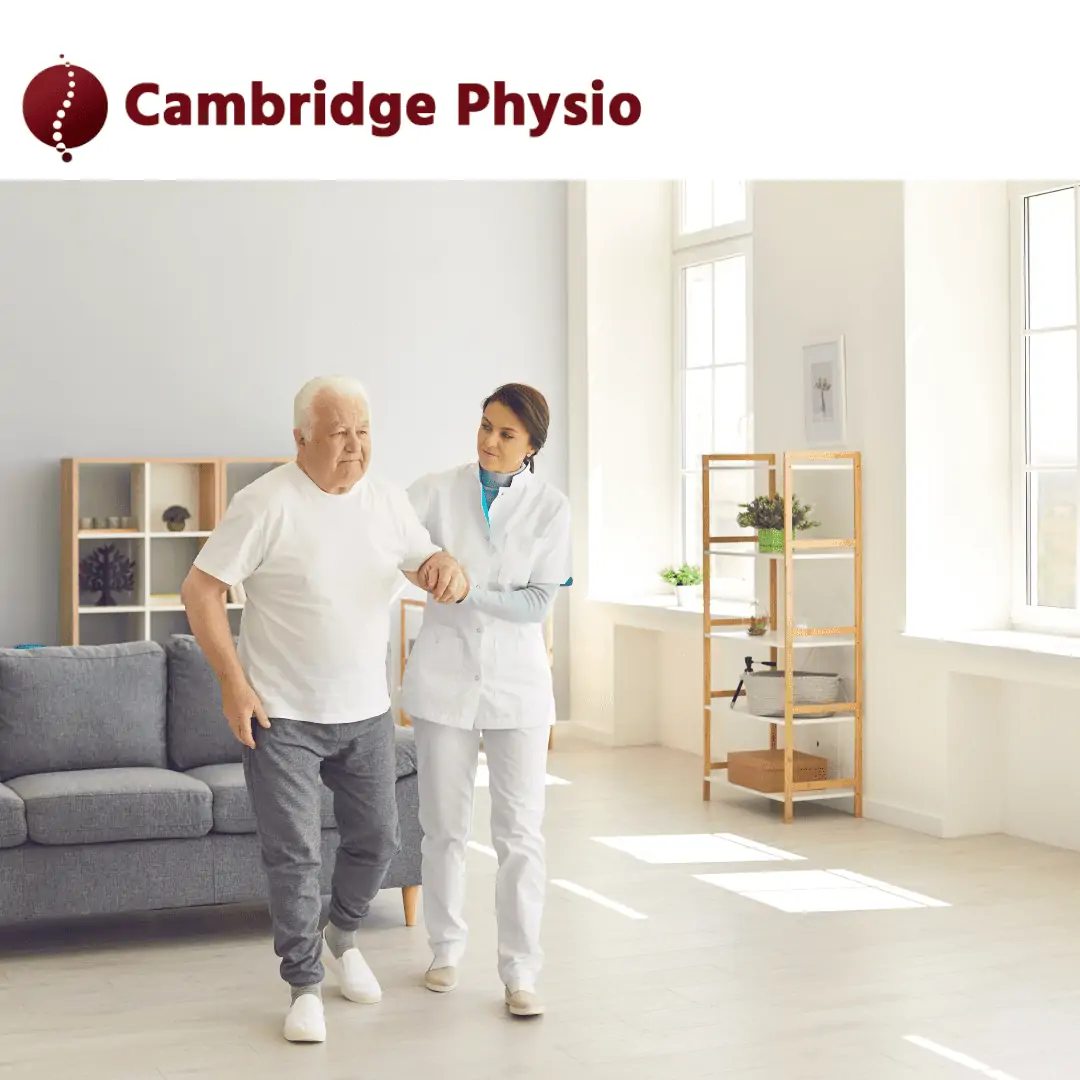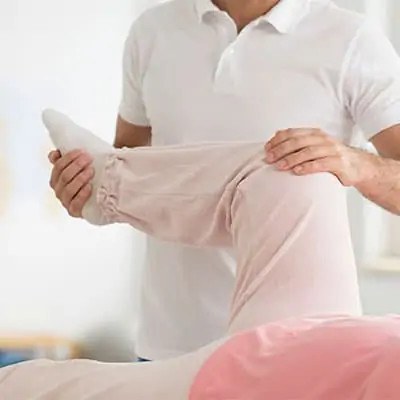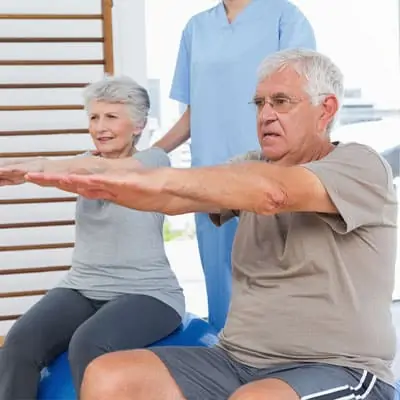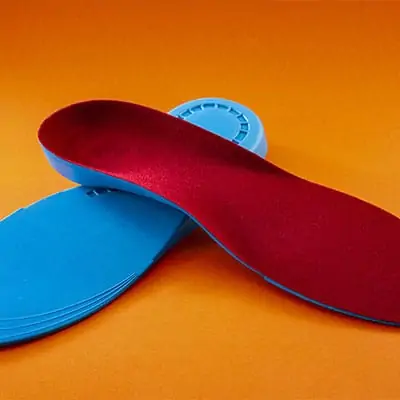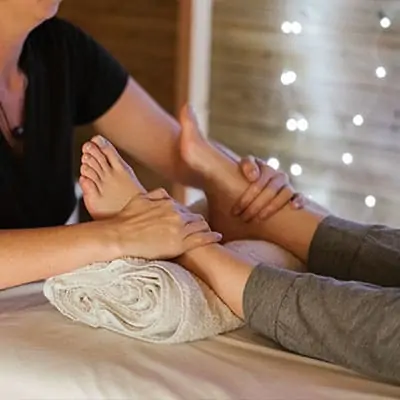What is Stroke?
Stroke is a neurological condition that results in lost or impaired function of the brain. It affects one side of the body or face that limit independent living as well as social participation and can also lead to long term disability among adults. According to statistics, there are over 50,000 new strokes every year in Canada and about 300,000 Canadians are living with the effects of stroke.
The good news is stroke is preventable and treatable.
How weight bearing exercises can improve the performance
- According to the research, improvements in limbs loading and weight transfer abilities have been shown to relate to improved performance of many functional activities like grasping power, walking etc.
- Promotes proximal stabilization and counteracts dominant flexor synergy or spasticity.
- Helps in maintaining the flexibility of muscles to prevent deformities.
Some examples
Weight bearing in sitting (UL): In sitting position, bear weight on the affected upper limb with wrist extended and fingers open and extended. The therapist assists in stabilizing the elbow and fingers in extension. Precaution should be taken not to impinge the wrist.
Weight bearing in standing (UL): In standing position (modified plantigrade), bear weight on both upper limbs over a table or a couch. The elbow and wrist should be extended with fingers open. The therapist assists in elbow extension of affected limb while providing approximation through shoulder.
Weight bearing in quadruped position: In all four position or quadruped position, postural shift towards affected side can be done, by maintain elbow and wrist in extension. The therapist assists in stabilizing the elbow and shoulder of affected side.
Bridging (LL): It helps with lumbopelvic stabilization and improvement in weight bearing on the affected side in standing and static balancing ability. In lying position with both knees bent, try to raise the hips up. The therapist assists using tactile and proprioceptive cues to stimulate hip extensors on affected side.
Weight bearing in standing (LL): In standing position, first bear equal weight on both the sides and maintain balance. Now, shift weight towards affected side by maintaining and stabilizing knee in extension. The therapist assists in stabilizing the knee and pelvis.
Important:
Start early: by starting early with rehabilitation after stroke, you will achieve better results and faster return to function.
References
O’Sullivan, S. B. T. S. J. (2014). Physical Rehabilitation (6th ed.). Jaypee Brothers Medical Publishers.
De Nunzio A, Zucchella C, Spicciato F, Tortola P, Vecchione C, Pierelli F, Bartolo M. Biofeedback rehabilitation of posture and weightbearing distribution in stroke: a center of foot pressure analysis. Funct Neurol. 2014 Apr-Jun;29(2):127-34. PMID: 25306123; PMCID: PMC4198161.
Song GB, Heo JY. The effect of modified bridge exercise on balance ability of stroke patients. J Phys Ther Sci. 2015 Dec;27(12):3807-10. doi: 10.1589/jpts.27.3807. Epub 2015 Dec 28. PMID: 26834357; PMCID: PMC4713796.
Lee, SungEun & Cho, SungHyoun & Kim, Kyoung. (2013). The Effects of Weight-Bearing Exercise on Upper Extremity Activities Performance in the Female Stroke Patients. International Journal of Contents. 9. 10.5392/IJoC.2013.9.1.065.


